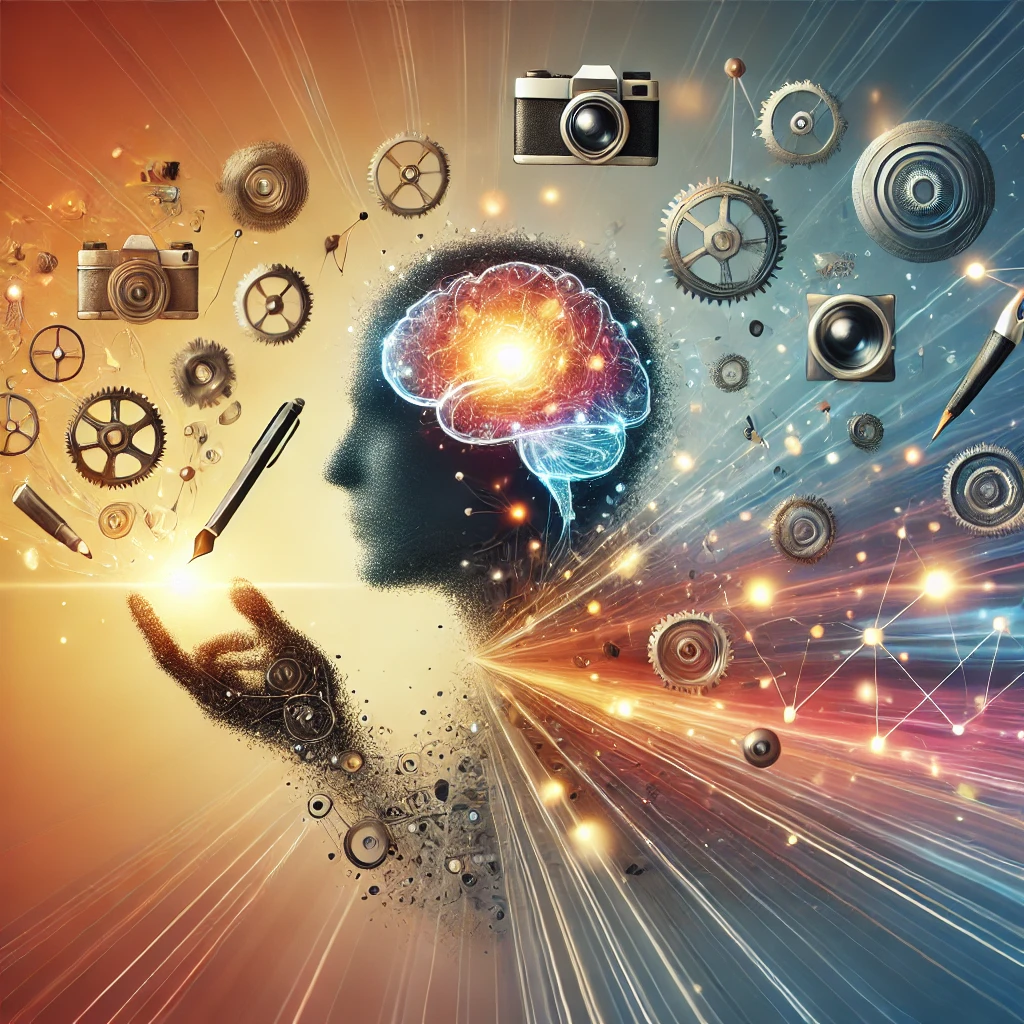Beyond Physical Tools: The Power of Tools for Thinking

You’ve probably heard the saying: “It’s not the camera, it’s the person behind it.” As someone who dabbles in photography, I’ve nodded along to this wisdom many times. But recently, I’ve started questioning this conventional thinking – not just about photography, but about tools in general.
The Camera Conundrum
Let’s be honest: while skill matters enormously in photography, try capturing the Milky Way with a smartphone camera. No matter how talented you are, you’ll hit hard limitations. Sure, a professional can take better photos with an iPhone than an amateur with a $5000 DSLR, but give that same pro both cameras, and guess which photos will end up in National Geographic?
When Tools Transform Tasks
This insight became even clearer when we recently transitioned our documentation from a traditional CMS to Hugo with Contentful. The before-and-after was striking. Same team, same content, dramatically different results. The right tools didn’t just make us more productive – they fundamentally transformed how we approached content creation.
Similarly, when we faced compatibility issues between legacy and modern services, implementing an NGINX gateway turned what was becoming a nightmare into a manageable solution. The team’s expertise hadn’t changed overnight; we just found the right tool for the job.
The Evolutionary Perspective
This relationship between tools and capabilities isn’t new. Consider one of history’s most intriguing examples: Neanderthals versus Homo sapiens. Despite similar brain sizes and potential intelligence, our ancestors’ more sophisticated tools gave them a decisive edge. It wasn’t just about being smarter – it was about amplifying that intelligence through better tools.
The Hidden Revolution: Tools for Thinking
But here’s where it gets really interesting: while we readily acknowledge the importance of physical tools, we often overlook an equally crucial category – tools for thinking itself. As philosopher Daniel Dennett points out, comparing thinking without tools to woodworking without tools: both are technically possible, but why would you?
These mental tools aren’t just nice-to-have additions to our cognitive arsenal. They’re fundamental amplifiers of human thought, as crucial to complex problem-solving as physical tools were to our ancestors’ survival.
The Power of Mental Models
In my work, I’ve seen this play out in fascinating ways. Take meetings, for instance. The same group of smart people can have radically different outcomes depending on the mental tools they employ. Using frameworks like “Six Thinking Hats” isn’t just about organization – it’s about enabling different kinds of thinking that might not emerge naturally.
Think about how a simple mental model like “inversion thinking” can transform a problem. Instead of asking, “How do we succeed?” we ask, “What would make us fail?” The question itself becomes a tool, reshaping our mental landscape as surely as a chisel shapes wood.
The Tech Connection
As technologists, we pride ourselves on mastering complex tools and frameworks. We spend countless hours debating the merits of different programming languages, architectures, and methodologies. Yet we often overlook the mental tools that shape how we think about these challenges in the first place.
When I look back at our most successful projects, they weren’t just triumphs of technical skill or physical tools – they were examples of effective thinking tools in action. The same system can appear hopelessly complex or elegantly simple, depending on the mental models we bring to bear.
The Meta Challenge
This brings us to a fascinating recursive challenge: How do we develop better tools for thinking about thinking tools? Each mental model we create becomes both a tool for thought and an object of thought itself. The frameworks we use to analyze requirements, design systems, and solve problems aren’t just methodologies – they’re tools that shape what we perceive as possible.
Looking Forward
As we face increasingly complex challenges in technology and beyond, this understanding becomes crucial. The tools we choose – whether they’re programming languages, frameworks, or mental models – don’t just help us solve problems; they shape how we think about what problems are worth solving.
The next great leaps in technology might not come from new programming languages or frameworks, but from new tools for thinking about programming itself. The most profound innovations often arise not just from new solutions, but from new ways of thinking about problems.
The Bottom Line
So perhaps it’s time to revise that old saying. Instead of “it’s not the tool, it’s the user,” maybe we should recognize that excellence comes from the synergy between capable minds and appropriate tools – both physical and mental.
The next time someone dismisses the importance of tools in favor of raw talent or intelligence, remember: The most profound tools aren’t always the ones we can hold in our hands. Sometimes, they’re the mental models and frameworks that shape how we think, decide, and create.
After all, the most impressive human achievements have always come from the powerful combination of capable minds and capable tools – both the visible ones and the invisible ones that shape our thinking.